Bringing Quantum Computing Closer
Bringing Quantum Computing Closer
In this episode
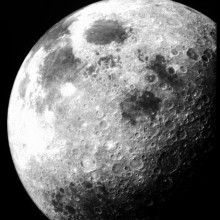
00:25 - Heavy Moon Bombardment
Heavy Moon Bombardment
One of the most obvious things about the Moon is that it is covered with impact craters, but these are not uniform. Some older areas called the highlands are very heavily cratered where as the 'mares', thought to be seas by early astronomers, have much fewer craters. This is because the mares have been resurfaced with molten rock more recently showing that the number of impacts has reduced over time.
One theory about these craters says that there was an event called the Late Heavy Bombardment about 3.8 billion years ago which was both far more intense and different from the impacts that have occurred since.
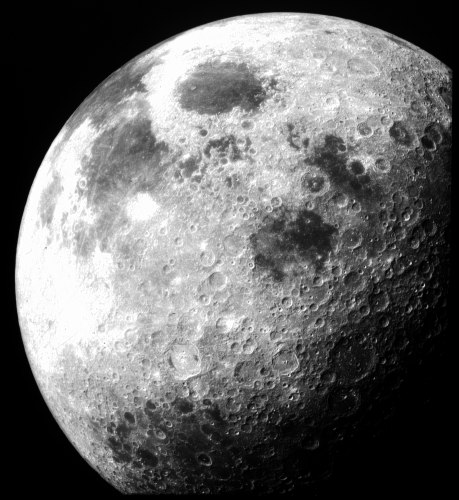 As going to and dating each individual crater is ridiculously expensive, you have to study thousands of craters from orbit and use statistics to date them. Normally this is done from photographs, which is a problem, as different lighting, can change which craters are visible, causing problems for your statistics. Howver the Lunar reconnaissance orbiter which was launched last year includes a laser altimeter which has built up a 3d map of the moon avoiding these complicating factors.
As going to and dating each individual crater is ridiculously expensive, you have to study thousands of craters from orbit and use statistics to date them. Normally this is done from photographs, which is a problem, as different lighting, can change which craters are visible, causing problems for your statistics. Howver the Lunar reconnaissance orbiter which was launched last year includes a laser altimeter which has built up a 3d map of the moon avoiding these complicating factors.
James Head and collegues have been studying craters larger than 20km across using this map. One result was that the lunar highlands the craters cover 3-10% of the landscape, which is effectively the highest you can ever find, as new craters erase the older ones, so there is unlikely to be any original lunar surface left.
They have also been comparing different aged surfaces. The younger ones have the distribution of crater sizes you would expect from the asteroids which are presently crossing the earth's orbit. However the older highlands dating from before the Late Heavy Bombardment seem to include far more large craters then they should, and in fact look very like the distribution of asteroids you find in the main belt of asteroids.
This indicates that the Late Heavy Bombardment wasn't just a more intense version of the bombardment that has occurred ever since, but something different. One theory is that the orbits of Jupiter and Saturn changed during the early solar system setting up resonances in the main asteroid belt destabilising it, and hurling a random selection of its contents into the inner solar system, which would of course have had an even more catastrophic effect on the larger and heavier Earth possibly having huge effects on Earth life developing at this time.

03:52 - Night-light's affecting bird breeding
Night-light's affecting bird breeding
Worsening light pollution is significantly affecting bird's breeding habits, a new study has revealed.
Bart Kempenaers and his colleagues at the Max Planck Institute for Ornithology in Seewiesen, Germany, writing in Current Biology, carried out a 7 year study comparing the behaviours of five different songbird species (robins, blackbirds, great tits, blue tits and chaffinches) inhabiting either dark, central woodland territories, or light-contaminated "edge" territories.
Male birds living in the light-polluted areas, they found, were starting to sing significantly sooner - in some cases up to two hours earlier in the morning - than their darker-living counterparts. The effect was also more marked amongst the species that naturally tended to wake up earlier anyway, such as robins and blackbirds. Females exposed to light-pollution were also laying eggs an average of 1.5 days earlier.
The team also found that males living in lighter "edge" territories were twice as likely to father "extra-pair" offspring (the avian equivalent of love children), probably because they won more female attention by starting to sing sooner than darker-living rivals. However, since females usually select as extra-pair mate choices males they perceive to be highly reproductively "fit", basing their selection on dawn song as a measure of healthy male virility, the early male risers may be thwarting the selection system and fooling females into breeding with the wrong guys with obvious negative consequences for the species.

06:54 - Mechanism of Prozac mood-boost unlocked
Mechanism of Prozac mood-boost unlocked
In a move that could hold the key to better drugs to beat a range of mood disorders including depression, French scientists have solved a vital piece of the puzzle of how certain antidepressants work.
For over 50 years it's been known that too little of the nerve transmitter serotonin in the brain is linked to low mood, while drugs like Prozac that raise the levels of the agent have a mood-boosting effect. But it's remained a mystery why, despite measurable responses to the drug occurring almost immediately after it's given, depression sufferers still need to take the drug for more than three weeks before they begin to feel better.
 Now, writing in Science, Paris-Descartes University scientist Anne Baudry and her colleagues have discovered the delay is down to the time the brain takes to turn one type of nerve cell into another, which in turn leads to symptomatic improvements. Using both cultured cells and experimental mice, the team found that administering Prozac (fluoxetine) turns on the production in the cell of a small molecule known as micro RNA 16 (miR-16) which, in turn, stops cells from producing uptake pumps that deactivate serotonin.
Now, writing in Science, Paris-Descartes University scientist Anne Baudry and her colleagues have discovered the delay is down to the time the brain takes to turn one type of nerve cell into another, which in turn leads to symptomatic improvements. Using both cultured cells and experimental mice, the team found that administering Prozac (fluoxetine) turns on the production in the cell of a small molecule known as micro RNA 16 (miR-16) which, in turn, stops cells from producing uptake pumps that deactivate serotonin.
However, unexpectedly, they also found that the Prozac molecule triggers a different family of neurones, which normally use the nerve transmitter chemical noradrenaline, to turn off their production of miR-16. This causes the cells to turn on genes that pick up and recycle "spare" serotonin in the brain, turning the noradrenaline-using cells into serotonin-utilising cells. And because the team have discovered the factor that triggers this chemical identity switch, it may be possible to use this pathway to developed improved antidepressants that don't have the side effects of the drugs in current use.
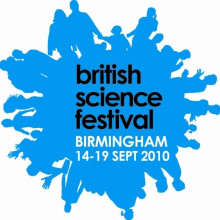
11:07 - British Science Festival Headlines
British Science Festival Headlines
Very exciting news from researchers at Kings college London - Richard Smith announced the development of a technique that extends the lifespan of a transplanted organ by combating the immune attack that donor organs receive immediately after transplantation. Their trick is to "tether" immune system modulating chemicals to the surfaces of the kidney, which then stop the attack in its tracks. They've done a pilot study that has shown it was safe in 16 patients.
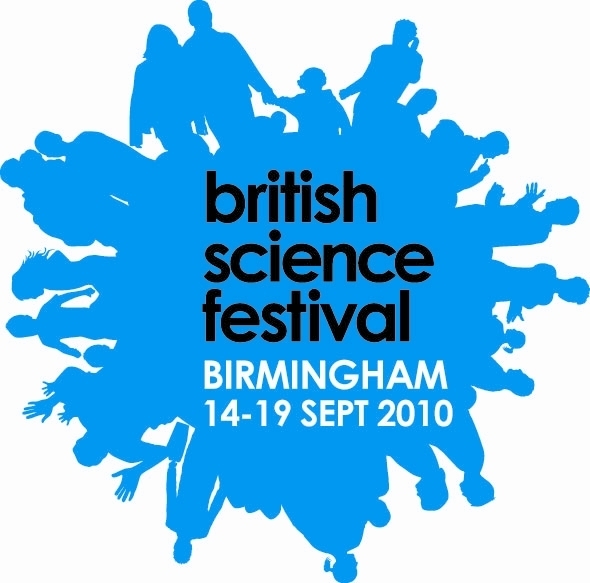 Another announcement from Kings College researchers, this time Dr Manuel Mayr, was of a cheap way to test people for diabetes risk. By looking for micro-RNA markers in the blood, this £2 test is able to identify around half of people with type 2 diabetes before symptoms develop - widening the possible treatment window. As diabetes accounts for about 15% of heart attacks in western Europe, this is an important discovery.
Another announcement from Kings College researchers, this time Dr Manuel Mayr, was of a cheap way to test people for diabetes risk. By looking for micro-RNA markers in the blood, this £2 test is able to identify around half of people with type 2 diabetes before symptoms develop - widening the possible treatment window. As diabetes accounts for about 15% of heart attacks in western Europe, this is an important discovery.
Thelma Lovick, a researcher at the University of Birmingham, announced that small doses of Prozac could block the bodily changes that result in symptoms of pre-menstrual stress, which affects up to 75% of women, in many cases enough to impair daily activities.
We heard that gaining a lover might cost you two friends, the Vatican astronomer dropped by and let slip that he's a science fiction fan and that the Catholic Church will welcome aliens, should we ever find any. There was also an announcement that may seem very common sense - one in 10 people are injured whilst walking and texting!
This amounts to a drop in the ocean of science news published during the science festival. For more, visit the
science festival's news pages.
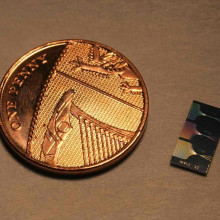
13:02 - Computing with a Quantum Walk
Computing with a Quantum Walk
Jeremy O’Brien, Director of the Centre for Quantum Photonics and Jonathan Matthews, Bristol University
Ben: - Researchers from Bristol University reported on a development in quantum computing that could bring this revolutionary technology closer, by up to twenty years. I met up with Jonathan Matthews to find out how their device works, but first Jeremy O'Brien, the Director of the Centre for Quantum Photonics, explained why quantum computers are so appealing...
Jeremy: - People have been trying to develop a quantum computer for at least a decade in a serious way, and for a couple of decades people have known that such a device could be incredibly powerful for computation for particular tasks. So there's been a big worldwide effort to realise a quantum computer. Even at this stage it's anticipated to be decades away though, and the reason for that is that you need to be able to control single quantum systems - so that could mean single particles of light, single photons or single electrons, or single atoms. You need to be able to couple them together in complex ways to control them and manipulate them and read out the state that they are in. So it's an incredible quantum engineering challenge, if you like, to be able to make such a device. There's tasks that we know that we can do with a quantum computer exponentially faster than we can do with a conventional computer. So that means we can do problems that are intractable on a conventional computer and they are ones in which the time taken to do the computation grows exponentially with the problem size. For a quantum computer we don't have that - they are linked in a sensible way with one another - the size of the problem and the time taken.
Ben: - So rather than an evolution of the existing computer we are looking at a revolution of the sorts of technology we use?
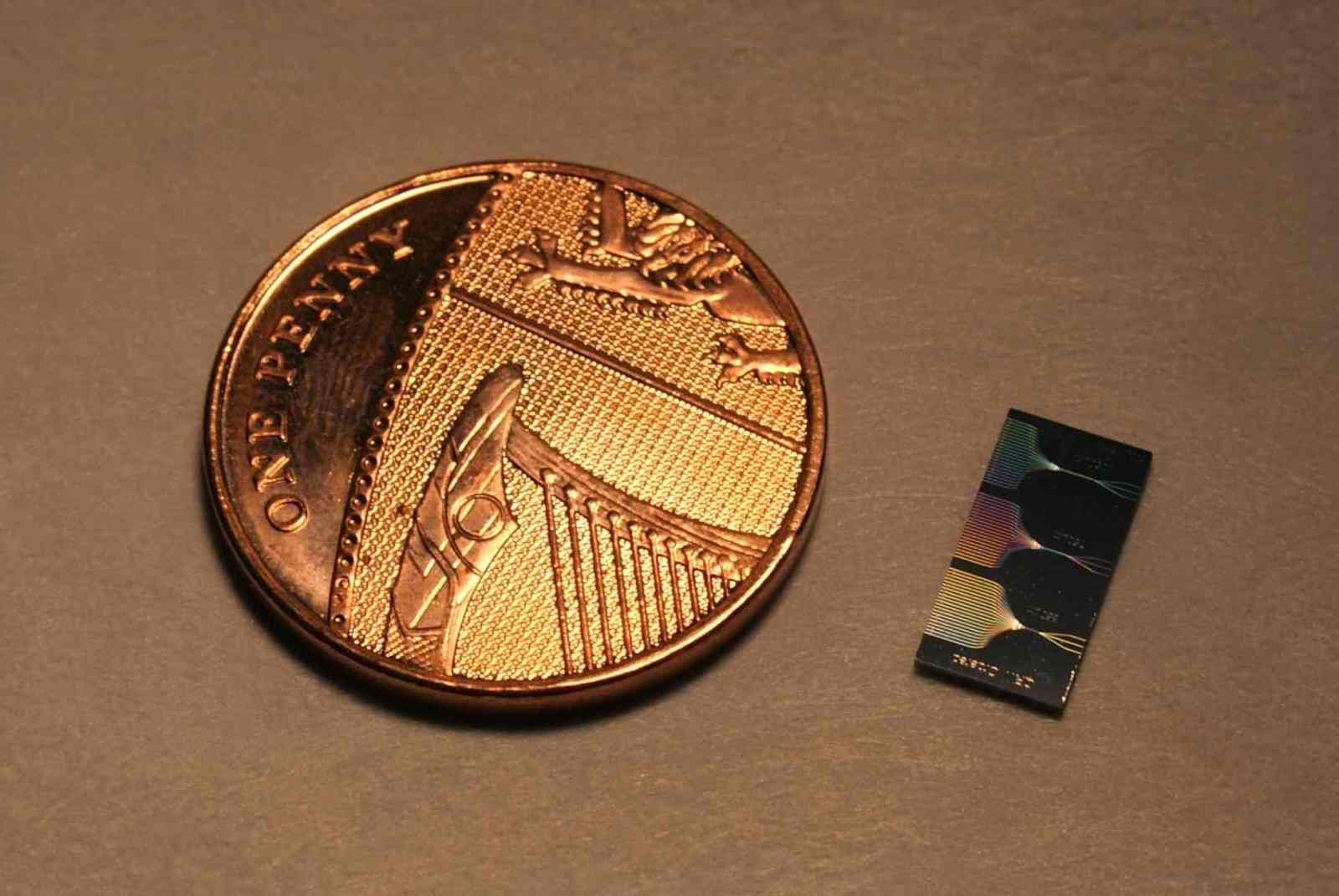 Jeremy: - That's exactly right. So it's a completely different way of doing computation. The idea here is to harness uniquely quantum mechanical effects. So quantum mechanics is the theory that explains how the world works at its most fundamental level - how single photons, single atoms and single molecules, and so on, behave and interact with one another - and it's surprisingly different to the way the world works in our every day experience. For example, it tells us that an object can be in two places or more places indeed, simultaneously, that two objects can be inextricably linked with one another, no matter how far apart they are, such that a measurement on one will instantaneously affect the other one. We call these effects "superposition" and "entanglement" but that's essentially what they are.
Jeremy: - That's exactly right. So it's a completely different way of doing computation. The idea here is to harness uniquely quantum mechanical effects. So quantum mechanics is the theory that explains how the world works at its most fundamental level - how single photons, single atoms and single molecules, and so on, behave and interact with one another - and it's surprisingly different to the way the world works in our every day experience. For example, it tells us that an object can be in two places or more places indeed, simultaneously, that two objects can be inextricably linked with one another, no matter how far apart they are, such that a measurement on one will instantaneously affect the other one. We call these effects "superposition" and "entanglement" but that's essentially what they are.
Ben: - Jonathan, if I could bring you in here, what physically is this device that you've developed?
Jonathan: - This device is an integrated optical chip. It uses what we call "wave guides" to guide light through a monolithic structure - a fixed structure, and these wave guides work very much like optical fibres - like pipes for light if you will. And what we do is we pattern several of these wave guides close together so that the photons can actually tunnel directly between neighbouring wave guides, or neighbouring pipes, and this allows us to see these superposition patterns that we call "quantum walks."
Ben: - What is a quantum walk and how would it differ from a classical walk?
Jonathan: - Perhaps I can start with a classical walk. A classical walk - you can realise by dropping a marble and giving it a series of choices by going left or right as it hits a bunch of pins arranged in a grid pattern, and this will give you a normal distribution at the bottom - a bell curve. So that's based on the marble being given a choice of going left or right, based on probability. But if you give the marble the possibility of going left and right, it has the possibility of interfering with itself, and you get at the end a very different statistical outcome. These statistical outcomes include features such as propagating much faster - the distribution propagates much quicker than in the classical case. It's this kind of behaviour that can be really harnessed in quantum technologies.
Ben: - So, a quantum object will give you a very different likelihood of landing in any particular place from this walk, and that's when you put one photon through. Your work is working on putting more than one through to see how that works out. What's the advantage of doing that?
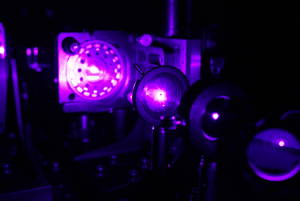 Jonathan: - A key thing is you need the two photons to be exactly the same in every single property, but they quantum interfere with each other, and the fact that there are two photons, gives you a different statistical output than if you put in one photon and then put another photon in, and compare the two results.
Jonathan: - A key thing is you need the two photons to be exactly the same in every single property, but they quantum interfere with each other, and the fact that there are two photons, gives you a different statistical output than if you put in one photon and then put another photon in, and compare the two results.
Ben: - So in terms of quantum computing, why is this an advantage?
Jonathan: - Well this allows us to simulate more complicated structures. So quantum walks move around an environment that mathematicians call graphs, and these environments essentially become exponentially more complicated as you linearly increase the number of photons. So if I have one photon, it's moving through a system of let's say, 20 wave guides, then my system is of size 20, whereas if I stick two photons into the device, then I'm simulating a structure that's of the order of 20 squared.
Ben: - So Jeremy, coming back to you, what do we hope to use these quantum computers for?
Jeremy: - So these particular types of computers based on quantum walks are in principle able to realise an universal quantum computer, so there's an exciting and important theoretical result to show that quantum walks are able to perform any type of quantum computation. But in the nearer term we expect to be able to simulate important quantum systems using these quantum walks in a sort of direct way. The types of things that we might be interested in simulating are complex molecules that might be relevant to designing new pharmaceuticals or new materials. And it turns out that if we have a molecule with in the order of thirty atoms in it, that's the limit of what we can reliably calculate using a conventional computer, even using a super computer today. And the reason is that the description of that system grows exponentially in the same way that Jonathan described the exponential growth of the quantum walk as we add more particles to it. Other applications include understanding natural processes such as photosynthesis which rely on quantum coherent effects for their operation.
Ben: - So by how much do you think your work has bought forward the reality of quantum computing?
Jeremy: - So I think it's fair to say that the majority of people working in the field of quantum information science and quantum computing specifically, believe that an universal quantum computer is decades away. But we're optimistic that using this quantum walk-type technique, we'll be able to make a device that's able to do things that can't be done on a conventional computer within a 5-year timescale.
Ben: - That was Jeremy O'Brien and before him, Jonathan Matthew, explaining how the phenomenon of quantum walk could help to lead to a revolution in computing. Their paper was published this week in the journal Science.
Related Content
- Previous Is olive oil better for you?
- Next The British Science Festival










Comments
Add a comment